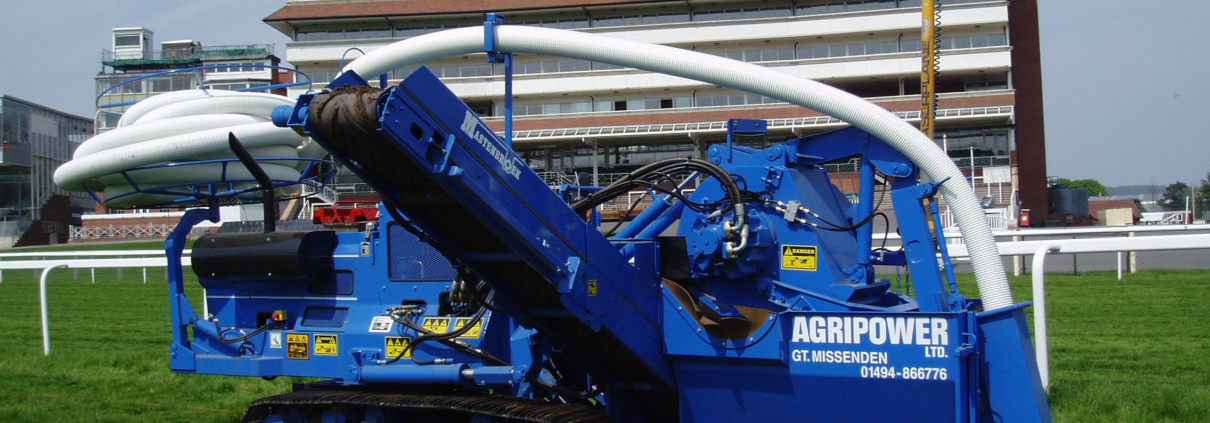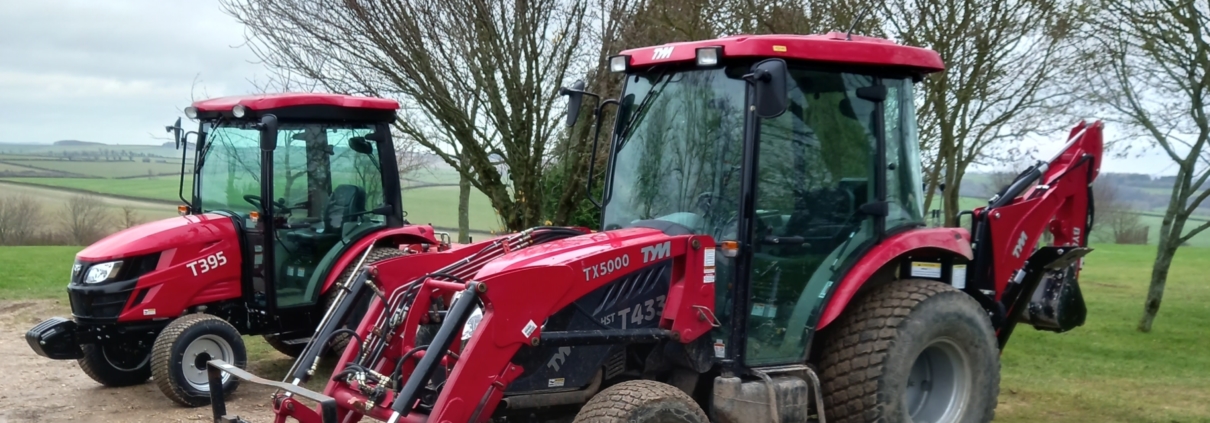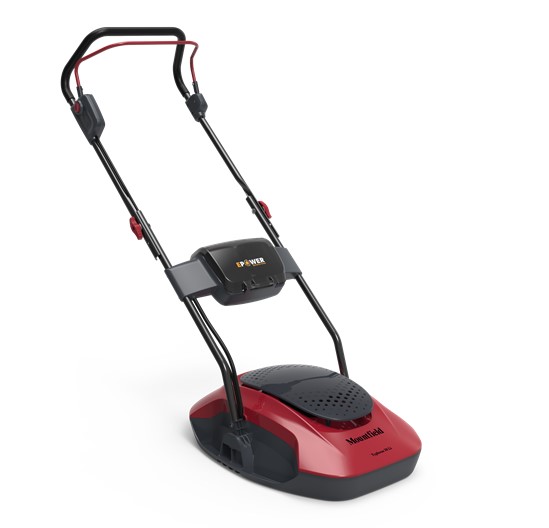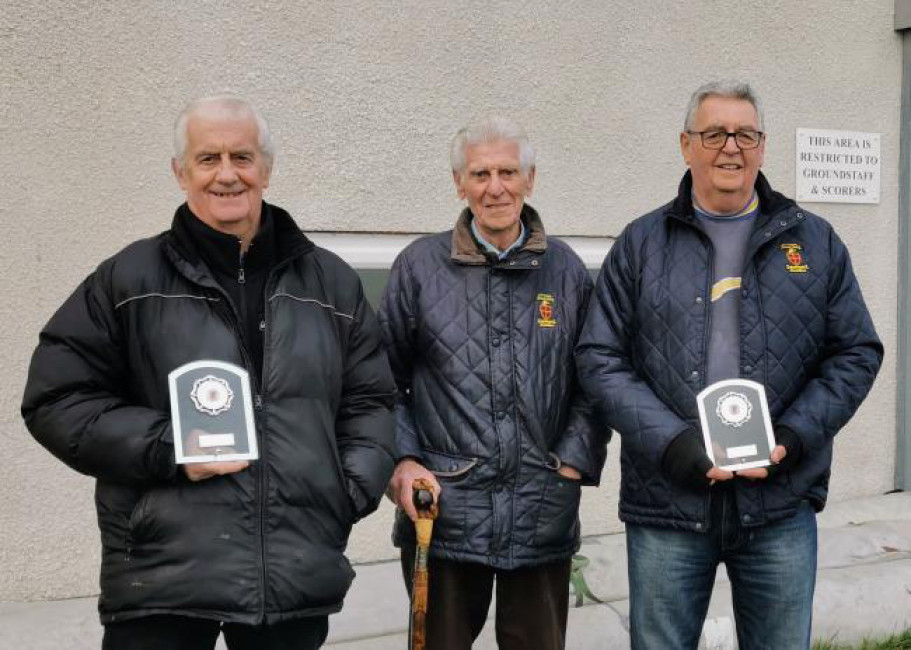Mastenbroek enjoys a resurgence
Mastenbroek enjoys a resurgence: The UK’s leading designer of drainage trenchers has reported an unexpected resurgence of interest in its specialist sports field machine.
Last month, Mastenbroek received its first order for one of its 10/12D trenchers in over a decade.
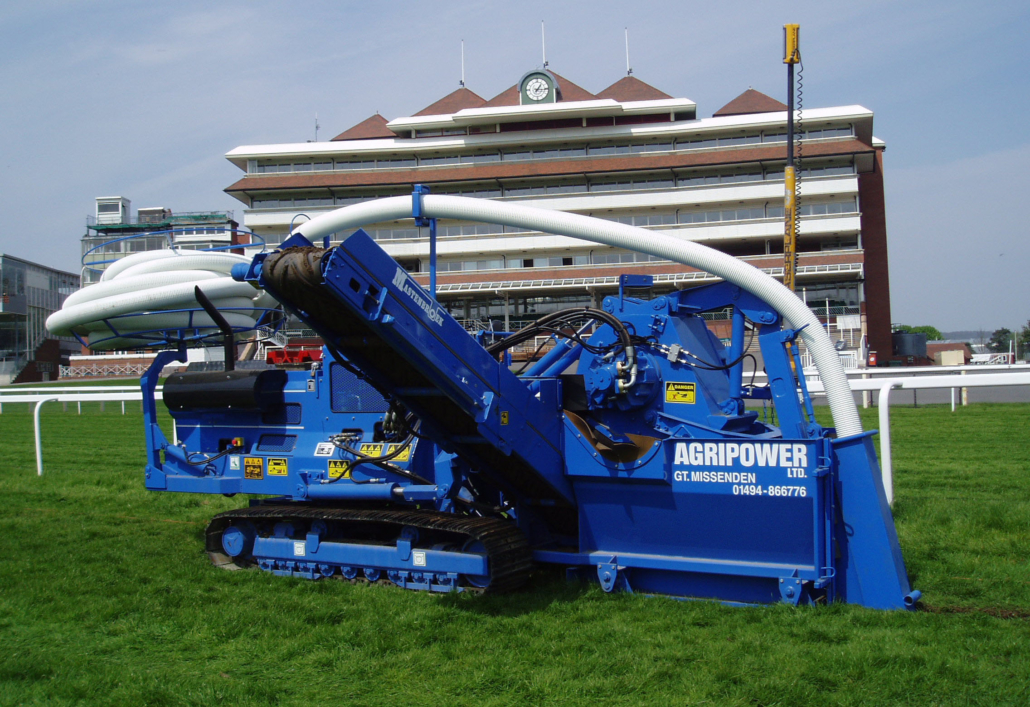
Mastenbroek enjoys a resurgence
The machine, which has recently been upgraded to feature the latest low-emission engine and improved operator controls, has been bought by AgriPower.
Established in 1964 as an agricultural drainage contractor, AgriPower entered the sports turf industry in 1978. The company has won several large contracts in the last six months, creating the need for a new machine.
The 2022 10/12D will work alongside AgriPower’s other Mastenbroek machines: a 30/20, 20/15 and CT12.
“We have never retired the 10/12D,” says Mastenbroek’s commercial director, Christopher Pett. “It’s always been available, but for some unknown reason, we haven’t sold one since 2009. That changed late last year when Graham Longdin at AgriPower contacted us. Since then, it’s been a bit like the saying about London buses and, following Graham’s order, we sold another 10/12D and received four other enquiries about it!”
AgriPower, which is based in Buckinghamshire but operates across the country, secured several large contracts at the back end of 2021, including work at the Webb Ellis Fields for Rugby school, several other public schools, local authorities and golf courses.
“We have enjoyed a buoyant period recently, with a significant number of organisations wanting to install new sports fields or improve the drainage of existing playing fields and golf courses, which is great news for us,” says Mr Longdin, director at AgriPower.
“With the new contracts coming on top of a very successful recent trading period, we’ve decided to update our front line machines to remain ahead of the game.
“The Mastenbroek 10/12D was the ideal choice. We could use a spinning disc type trencher behind a tractor, which would be fine on graded pitch work, but when faced with undulating ground, deep or wide trenching, the disc trenchers cannot cope, and fail to give the required accuracy. The 10/12D handles this type of terrain effortlessly.
“The 10/12D offers exceptional comfort for the driver, and its controls make it easy to oversee tracking and chain speed. It offers an attractive cost of ownership, especially as it now features the latest stage five emission engines.”
For further information about the 10/12D and the wider Mastenbroek range, please visit www.mastenbroek.com, email info@mastenbroek.com or call +44 1205 311 313.
For the latest industry news visit turfmatters.co.uk/news
Get all of the big headlines, pictures, opinions and videos on stories that matter to you.
Follow us on Twitter and Instagram for fun, fresh and engaging content.
You can also find us on Facebook for more of your must-see news, features, videos and pictures from Turf Matters.

